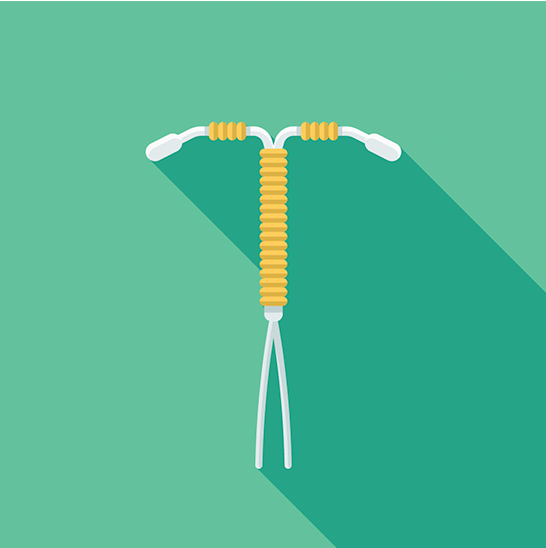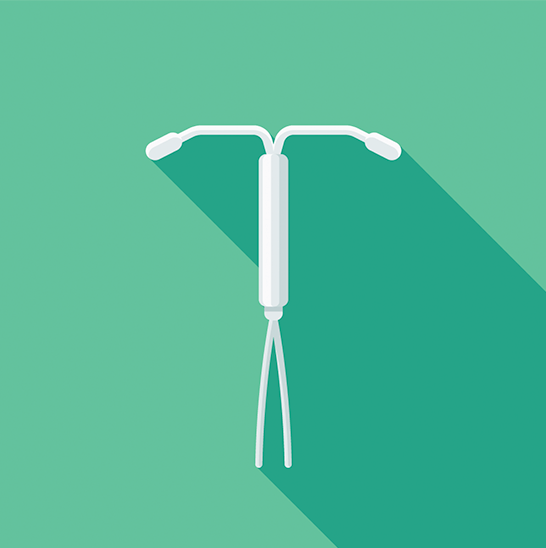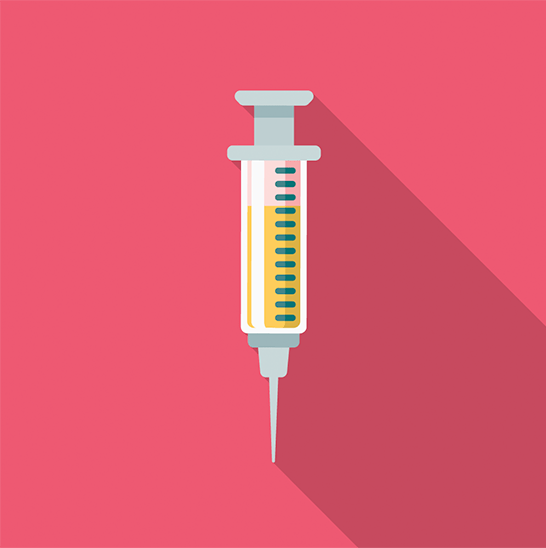If you are thinking about having sex and you don‘t want to become pregnant then you need to use a method of contraception .
Most methods of contraception will not protect you from sexually transmitted infections so whatever method you choose you also need to think about protection (avoiding getting a sexually transmitted infection). For this you‘ll need to use condoms. For men condoms are the only widely available contraception and protection. Even if you‘re not planning on having sex yet, you can still find out about condoms so that when you are ready and need to use them you‘ll feel comfortable with them.
Remember: Safer is sexier!
If you‘re not sure, talk to a nurse at a sexual health clinic to find the method that suits you best. Remember that you are entitled to a confidential service even if you are under 16 years. Contraception is free on the NHS for all ages so you won‘t have to pay anything if you go to a sexual health clinic or your GP.
Contraception ChoicesIf you want to get hold of free condoms or talk to someone about contraception click on your area below for a list of confidential, friendly advice services in your area.
Find where to get FREE condoms
A quick guide to some methods of contraception
Click here to find a local, confidential service that can tell you more.
Find out moreGuide with contraception choices
Contraception choices
Long Acting Reversible Contraception (LARC)




Many sexually active young women want to use a method of contraception that is safe, reliable and doesn‘t require too much thinking about. Did you know that there are four methods of contraception available to you that fit this description? Together they are known as LARC methods (this stands for ‘long-acting, reversible contraception’).
The methods are:
- The implant
- The intrauterine device (IUD)
- The intrauterine system (IUS)
- The injection
Contraceptive Implant
- A small flexible rod fitted by a doctor or nurse and is placed under the skin of the upper arm.
- Works by slowly releasing a hormone and acting in the same way as the Pill.
- This methods works for three years once in place.
Intrauterine device (IUD)
- A small plastic and copper device (known as ‘the coil’) which is put into the uterus (womb)
- The IUD works for 5 to 10 years depending on which type you have fitted
- This LARC method is over 99% effective at preventing pregnancy
- Your fertility returns to normal as soon as it is taken out
Intrauterine system (IUS)
- A small plastic device that is put into your uterus (womb) and releases a hormone which is similar to that produced by the ovaries (progesterone)
- The IUS works for 3 to 5 years, and there are different sizes and types
- Periods may get lighter, more irregular or stop altogether
- Once you’ve got one fitted, you don’t need to remember to take or use contraception
Contraceptive Injection
- Very effective method that works to prevent pregnancy by slowly releasing a hormone and acting in the same way as the Pill.
- Advantages are that once you‘ve had the injection it lasts for 12 weeks so you don‘t have to think about taking it every day.
False Myths about LARC:
Myth 1
You need parental permission to access LARC methods.
The Truth
Healthcare professionals are legally allowed to provide contraceptive advice and treatment to young people under the age of 16 without parental consent.
Myth 2
Fertility doesn't go back to normal after using LARC methods.
The Truth
The IUS, IUD and implant can be removed at any time by a trained healthcare professional. These methods are suitable for most people of reproductive age, and fertility will return quickly once removed.
Myth 3
LARC methods make you gain weight.
The Truth
The only contraception method with links to weight gain is the Depo-Provera injection, and this is only for some people.
Facts about LARC:
- Coils are now perfectly suitable for many young women who have not had children.
- Once a LARC method is fitted, it doesn’t need to be replaced for three years (implant) or for five to ten years (coils) and means you don’t have to think about taking it everyday and it will still work even if you are ill or sick. It can also be removed easily if you decide you want to have children.
- It may feel uncomfortable during your coil/implant fitting and for a few hours after (a bit like period pain), but this will settle down quickly.
- The coil is actually the most effective method of emergency contraception and can be fitted up to five days (120 hours) after unprotected sexual intercourse. However, you may be advised to take the emergency contraceptive pill (used to be known as morning after pill) if it can’t be fitted immediately. If you have a coil fitted for emergency contraception, it can be kept in afterwards as your main form of contraception.
- LARC may change your bleeding pattern - some women experience a reduction in bleeding, which is common with the implant, though others may experience irregular or heavier bleeding, but this usually improves after the first few months. You can always ask for another appointment with your coil fitter to discuss any problems with changes in your bleeding pattern.
- Getting a coil or implant is easy, but may involve a couple of appointments; one to discuss your choice and suitability, the second usually needs a booked appointment for the fitting.
- Like most other forms of contraception , coils and implants won't protect you or your partner from sexually transmitted infections . Double up your contraception with condoms to protect you from STIs and unplanned pregnancy.
- More information on condoms here
You can find out more about these methods of contraception and get them free of charge from a contraception service in your area.
Find a LARC service near you
Condoms
See how to use a condom with pictures here
Find out moreWatch this video on how to use a condom
Watch the videoThe Pill
There are two types: the combined pill or the progestogen only pill – both are very effective if used properly.
- Works to stop the release of an egg (ovulation) and / or thicken the cervical mucus at the top of the vagina to prevent sperm reaching an egg.
- Must be taken at a regular time every day to work properly so not for the forgetful – set a reminder on your mobile!
Visit the contraception choice website to compare contraception methods, how they work, who can use them, and advantages and risks. This will help you to decide which might be the best one for you. You can of course discuss this in more detail with the doctor or nurse at the sexual health clinic.
Guide With Contraception ChoicesRemember that you are entitled to a confidential service even if you are under 16 years.
Remember none of these methods offer protection from STIs so always use a condom with them! Talk to a nurse at a sexual health clinic to find the method that suits you best, or click here to try out the Guide With Contraception Choices.
More information about the different methods of contraception :



